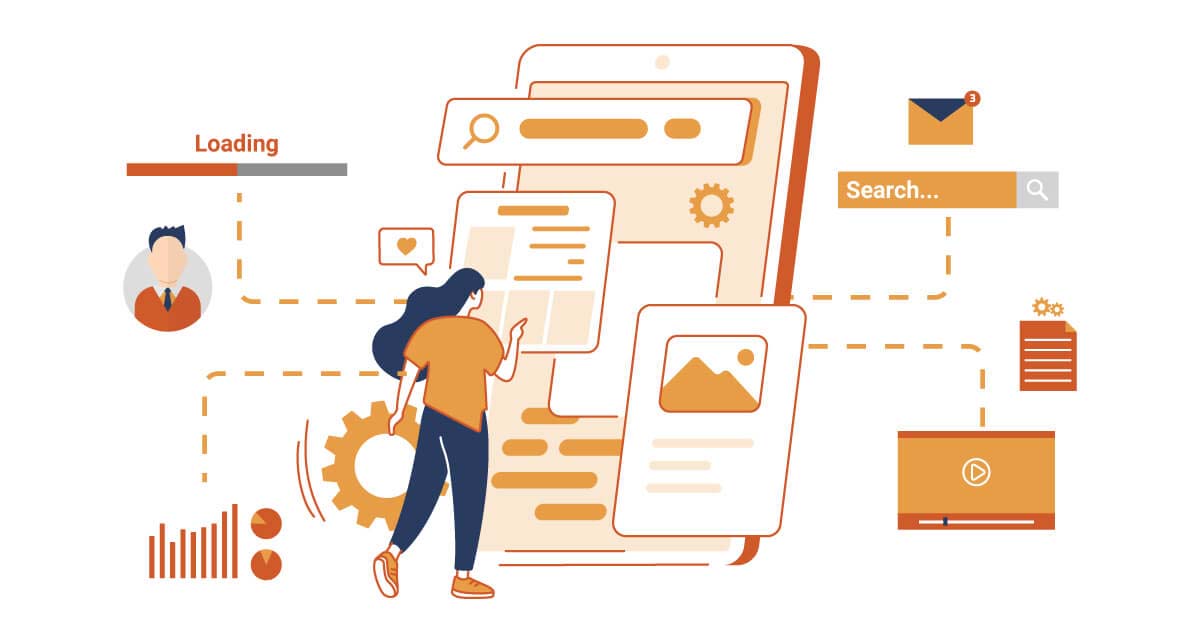Scaling Mobile Apps For Millions Of Users
Developing a mobile app that can handle millions of users requires much more than good design. Growth demands careful planning, robust architecture, and the ability to adapt to rising traffic. Every decision, from infrastructure to testing must ensure that performance remains smooth. When scaling effectively, businesses can maintain reliability while reaching global audiences.
Scaling Mobile Apps
Strong architecture
Scalability begins with a solid foundation that anticipates rapid growth. Developers must design modular systems that separate core functionalities to prevent bottlenecks. This approach improves flexibility and enables upgrades without major disruptions. A well-structured backend gives teams confidence when user numbers surge.

Cloud utilization
The cloud provides the elasticity modern apps need to expand efficiently. Services like AWS, Google Cloud, or Azure allow applications to scale resources automatically during peak loads. Pay-as-you-go models reduce upfront infrastructure costs. As demand fluctuates, scaling up or down becomes seamless, ensuring consistent user experiences.
Database optimization
Databases often become the first point of failure during heavy traffic. Sharding, indexing, and caching strategies improve efficiency under pressure. Using distributed databases ensures that no single node is overwhelmed. These methods enable faster queries while safeguarding against downtime when traffic spikes.
API efficiency
Well-designed APIs play a central role in scaling apps. Lightweight, stateless APIs allow for better load distribution and easier replication. Caching responses reduces repeated processing for identical requests. Furthermore, secure endpoints ensure that growth does not compromise user trust or application integrity.
Performance monitoring
Continuous monitoring helps teams detect issues before they escalate. Tools for real-time analytics track server loads, error rates, and response times. Automated alerts inform developers when thresholds are exceeded. This proactive approach allows quick intervention, minimizing downtime during high-traffic periods.

Load balancing
Distributing traffic across multiple servers prevents overloads and maintains stability. Load balancers ensure that no single machine carries the entire burden. With intelligent routing, applications can handle sudden user surges without service interruptions. This method also adds redundancy, improving resilience against server failures.
Security scaling
As user numbers grow, so do security risks. Strong encryption, secure authentication, and regular vulnerability testing protect sensitive data. Multi-factor authentication enhances account safety during scaling. Moreover, compliance with privacy regulations strengthens trust across global markets.

Global accessibility
Scaling for millions means reaching audiences across regions and time zones. Content Delivery Networks (CDNs) bring data closer to users, reducing latency. Localization and multilingual support foster inclusivity. An App Developer New York, for instance, might prioritize international readiness from day one, ensuring smooth global rollouts.
User experience
While backend scalability is crucial, user experience must remain consistent. Fast load times, intuitive navigation, and responsive designs keep engagement strong. Regular testing across devices ensures accessibility for all users. A scalable app does not sacrifice usability in pursuit of performance.

Testing strategies
Stress testing simulates millions of concurrent users to identify weak points. Automated testing pipelines accelerate updates without introducing errors. This process reduces risks during new feature launches. By identifying performance limits early, developers prevent costly failures at scale.

Continuous deployment
Rapid deployment pipelines allow for frequent and stable updates. Automation ensures that code changes move seamlessly from development to production. Rolling updates reduce downtime while maintaining service continuity. With such strategies, businesses can scale confidently without halting user activity.
Collaboration tools
Scaling is not just technical, it also requires team efficiency. Collaboration platforms enable smooth communication across development, design, and operations. Shared dashboards keep everyone aligned on performance metrics. This transparency accelerates problem-solving and strengthens accountability.
Cost management
Handling millions of users comes with financial challenges. Optimized cloud configurations prevent wasteful spending. Auto-scaling ensures resources match demand precisely. Careful monitoring of usage helps teams predict costs accurately and maintain profitability.

Long-term vision
True scalability goes beyond infrastructure to embrace strategic foresight. Businesses must plan for evolving user needs, emerging technologies, and unpredictable surges. A flexible mindset ensures adaptability in competitive markets. Ultimately, scalable systems provide a path to sustainable digital growth.
Conclusion
Partnering with experts such as an App Developer New York can provide the technical vision and execution needed. By embracing scalability as a long-term goal, businesses ensure their apps remain reliable and relevant at every stage of growth.
